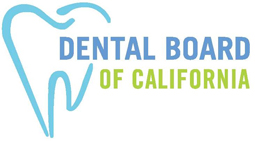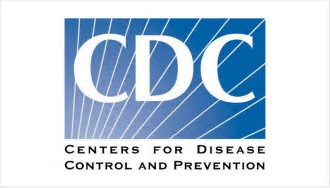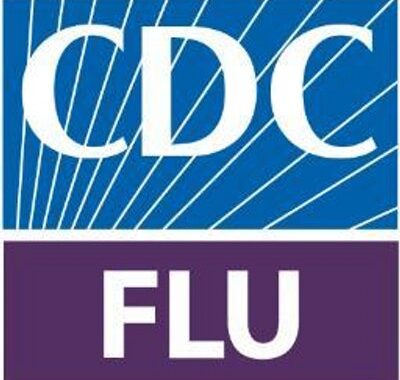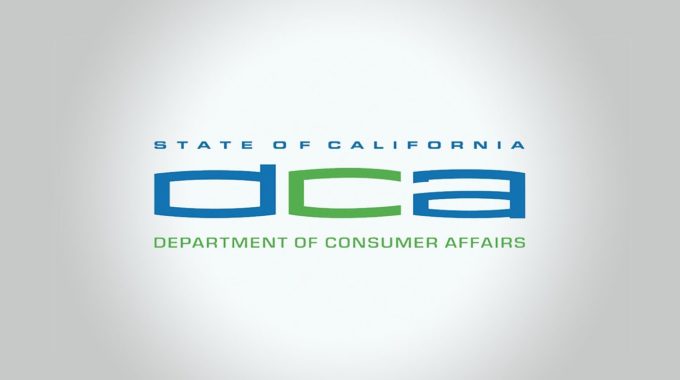As flu season intensifies, dental healthcare personnel (DHCP) play a vital role in protecting both…
New Dental Water Quality Law Takes Effect Jan 1, 2019 – California Dental Regulations
In September, the Governor signed Senate Bill 1491 into law, which among other things, makes it unprofessional conduct for a dentists to “use water, or other methods used for irrigation, that are not sterile or that do not contain recognized disinfecting or antibacterial properties when performing dental procedures on exposed dental pulp.” Since September, the Dental Board of California (DBC) has not yet provided specific guidance on how dentists should go about meeting this new requirement, what the new requirement entails, or how the new requirement will be enforced.
Until such information becomes available, dental licensees should continue to adhere to DBC infection control requirements, as well as consider Centers for Disease Control and Prevention (CDC) recommendations.
 DBC Infection Control Regulation
DBC Infection Control Regulation
The DBC’s Infection Control Regulation requires the following with respect to dental treatment water quality:
- Sterile coolants/irrigants must be used for surgical procedures involving soft tissue or bone using a sterile delivery system.
- Dental offices must purge dental unit waterlines (DUWLs) used during nonsurgical procedures with air or flush with water between each patient for at least 20 seconds, and at the start of each day, flush for at least 2 minutes.
- Dental unit waterlines must be anti-retractive.
CDC Recommendations for Dental Infection Prevention and Control
In its 2016 Summary of Infection Prevention Practices in Dental Settings: Basic Expectations for Safe Care, the CDC recommends that water used during nonsurgical dental  procedures meet the Environmental Protection Agency’s (EPA’s) regulatory limit for drinking water of 500 colony forming units of heterotrophic water bacteria per milliliter of water (CFU/ml). However, according to the CDC, flushing and purging, as minimally required by the DBC, do not reliably improve the quality of water used during dental treatment down to the 500 CFU/ml level.
procedures meet the Environmental Protection Agency’s (EPA’s) regulatory limit for drinking water of 500 colony forming units of heterotrophic water bacteria per milliliter of water (CFU/ml). However, according to the CDC, flushing and purging, as minimally required by the DBC, do not reliably improve the quality of water used during dental treatment down to the 500 CFU/ml level.
Therefore, to improve water quality in DUWLs during nonsurgical procedures, dental personnel should consult with the manufacturer of the dental unit or water treatment system to determine the best procedures for maintaining the DUWLs. Current control strategies include self-contained water systems, chemical treatment regimens, in-line water microfilters, and water purifiers. Utilizing a combination of control strategies is considered the best course of action to improve dental water quality in DUWLs. Additionally, monitoring of dental unit water should also be considered as an important part of a dental treatment water quality program.
One final note for California dental licensees… Chemical DUWL cleaners must be registered with the California Environmental Protection Agency as a Cal/EPA-approved dental unit waterline cleaner, which must be indicated on the product label.
Since 1992, OSHA Review, Inc. has provided dental professionals with comprehensive programs to support regulatory compliance and infection control. We are a registered continuing education provider in the state of California, specializing in Dental Practice Act, infection control, and OSHA training.


